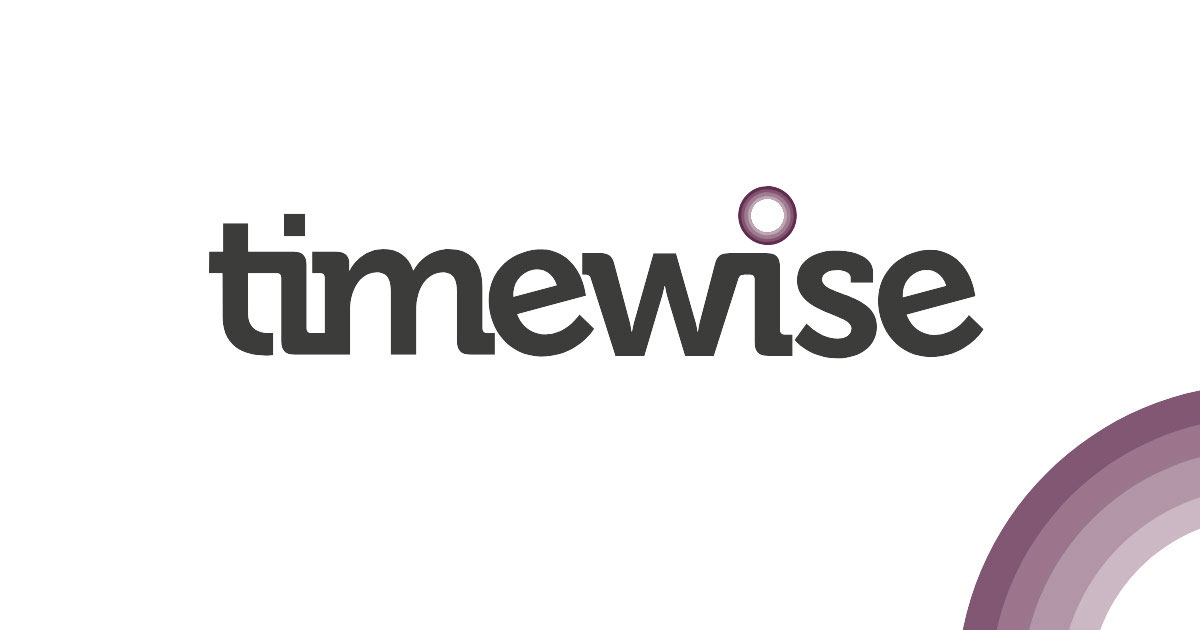

With concerns about diversity and the skills drain, many employers are beginning to offer “women returner programmes”. But what will persuade women to return to work after a career break? This research explores the careers of women returners and what they want from future employers.

Getting back into work after a career break can feel a bit daunting. In aid of understanding what women returners want, we surveyed over a thousand potential “women returners” who had taken a career break of a year or more, and were seeking flexible work. We found that while there is a high demand for “women returner programmes” among those who have taken a long career break, the overwhelming majority are looking to return to part-time or flexible work.
The context
Of the women we surveyed:
What do women returners want?
Of the women we surveyed:
As there is little interest in returning to full-time work, employers should open up to flexible hiring, so they can offer appropriate flexible working arrangements. More specifically, employers should consider whether a 4 day working week can be accommodated, as this is the most preferred working pattern.
Published October 2015
Download full research report The high prevalence of flexible working amongst Britain’s SMEs seems to have grown, in the first instance, out of necessity. Workload is often volatile and finances precarious, so a permanent staff working 5 days a week just isn’t helpful. It works better to keep staff time closely pegged to output.
The high prevalence of flexible working amongst Britain’s SMEs seems to have grown, in the first instance, out of necessity. Workload is often volatile and finances precarious, so a permanent staff working 5 days a week just isn’t helpful. It works better to keep staff time closely pegged to output.
Jenny Vadevalloo of Timewise Jobs, reports that her clients from smaller businesses frequently look to hire quality part-time staff: “Let’s face it, when a new business reaches the point where it needs a Marketing Director for the first time, it rarely needs that level of seniority for more than a few days a week. And it certainly can’t afford the full-time salary the role would demand.”
Jenny adds, “SMEs can do very well through part-time and flexible recruitment. They can access top skills for the pro rata salary that’s within their budget.”
Adam Marshall, Executive Director of Policy and External Affairs at the British Chambers of Commerce, agrees. He adds that by hiring people into part-time or flexible roles, a small business can also expect to reach a larger talent pool and attract experienced candidates, including those with a ‘portfolio career’ or family commitments. “You can often get skills and talents that you might not otherwise be able to get in your workforce, and you also have the potential to attract individuals to your business you might not be able to take on for full-time, nine to five work,” he says.
To a large extent, flexible working grew out of small business, as a way for entrepreneurs to balance other commitments during the startup phase. Linda Aitchison, Managing Director at the Marketing Room, resists the ‘mumpreneur’ label, but says it seemed natural to work flexibly when she was juggling bringing up a family with launching the West Midlands-based creative marketing agency 10 years ago.
“All but two of our team are mums of children now aged from seven to 16, so we have worked hard to create opportunities for flexible working,” Aitchison says. “Being widowed means that I have more responsibilities within my family on a practical level than before, so I finish early on certain days to be at home with my children after school, but I make these hours up at the weekend.”
Flexible working can take many forms, including part-time, job-sharing or splitting, home and teleworking, or freelance work. Some people work staggered hours, enabling them to work full-time, but with different start and finish times; others work compressed hours, fitting in the standard contractual hours over fewer days.
“Not everyone will undertake a revolutionary redesign of the way they fill vacancies and the way they approach work, for some it’s as basic as allowing individuals to work at home as and when they need to,” says Marshall. “The majority of small businesses that operate flexible working do so because it makes good sense for their business and enables them to get the best out of their workforce.”
As small businesses grow, it can be easy for them to retain a strong culture of flexible working, as they’ve grown up with it and understand its benefits.
Simon La Fosse’s technology search firm, La Fosse Associates, has a staff of 70 and has been fourth in the Sunday Times Best 100 Companies to Work For for the past two years.
Allowing staff to do things in the way they want to do, that fits around their work schedule and family commitments inevitably reaps results, he argues. “Nobody came to work to do a bad job and you have got to remember that, so it’s easier to just give as an employer, and you find it comes back in spades,” he says. “The person who knows they are being trusted by you to do the right thing, invariably will do the right thing.”
A more flexible approach and even different skills are needed to manage teams who work flexibly, with a focus on employee effectiveness and output rather than simply clocking in and out. But La Fosse believes that this is a vital part of a successful business, anyway. “Any company that hasn’t got systems in place to measure output is a company that’s totally out of control,” he says. “Just making sure everyone turns up at the right time and stays late is lazy, rubbish management, really. It encourages presenteeism, which I think is appalling.”
It’s precisely this kind of culture change that small business owners and their employees are best placed to lead, Marshall insists. “Where we see it being a business and employer-led proposition, flexibility works fantastically,” he says. “Employers and employees are perfectly capable of coming together to develop different ways of working that allow both to get maximum benefit.”
Published June 2014

With 8.7 million UK full time workers wanting to work flexibly in 2014, this research explores managerial attitudes towards flexible working. We interviewed 500 managers, all responsible for key hiring decisions, to find that while the majority have positive views about flexibility, few take positive action on it. And many managers recognise that there are barriers in their organisations to doing so.
Managers own views about flexible working
Among the managers who responded to our survey:
Perceived organisational barriers to flexible working
Despite managers being open to flexible workers, our research found both structural and cultural challenges that prevent flexible job design and discussions surrounding flexible working. Among the managers who responded to our survey:
Our recommendations
Timewise recommends a more transparent recruitment process to better reflect the possibilities of how a role can be worked. Additionally showcasing successful examples of flexible working will address the stigma.
Published in 2014
Download full research report
This study comprised a mix of quantitative and qualitative research amongst employers in the London area. It explored what might trigger employers to generate quality part-time vacancies (those with a salary of £20k+ FTE). We found that many employers are unaware or unconvinced of the benefits of recruiting part-time staff, or of the high volume of skilled candidates seeking flexible work.
To stimulate the flexible recruitment market, the debate around part-time working needs to move away from regulation and towards the business benefits of flexibility. Employers need to be convinced that part-time candidates offer good skills and experience. They also need to see hard evidence that it can work for their business.
Published March 2012
Download full research report